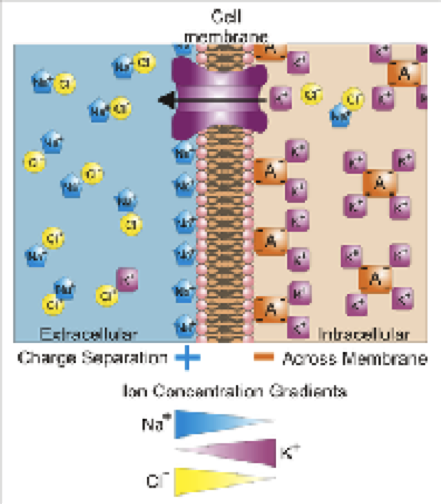Making a fast ion transporter

An international team of researchers at Institute for Molecular Science in Japan and Max Planck Institute of Biophysics in Germany has revealed an ion transport mechanism of sodium/proton antiporter by simulating its motion. Based on the simulations, they have designed a faster transporter by making mutation on "gate" of the transporter.
Na+/H+ antiporters exchange sodium ions and protons across the cellular membrane to control pH, ion concentrations and cell volume, which is linked to a wide spectrum of diseases from heart failure to autism. Researchers have now designed a faster Na+/H+ antiporter based on the simulations.
An international team of researchers, research associate professor Kei-ichi Okazaki at Institute for Molecular Science and groups of professors Gerhard Hummer and Werner Kühlbrandt at Max Planck Institute of Biophysics, have described an ion transport mechanism of the archaeal Na+/H+ antiporter PaNhaP in atomic detail using molecular dynamics simulations. Based on the simulations, they discovered a pair of residues that serves as a gate to the ion-binding site. Furthermore, they found that a mutation weakening the gate makes the transporter twice as fast as the wild type. The work was published in Nature Communications on April 15, 2019.
"It was surprising that the mutation makes the transporter faster," Okazaki says. "The speed-up suggests that the gate balances competing demands of fidelity and efficiency." The gate was discovered through simulations in which they applied a method called transition path sampling to overcome the enormous time-scale gap between seconds-scale ion exchange and microsecond simulations. The simulations captured the ion transporting events, which is not possible with conventional simulations.
"We would like to understand design principles of transporters, how they recognize their substrates and how they control transport speeds," Okazaki says. "These mechanistic understandings can help develop drugs to cure transporter-related diseases in future."
More information: Kei-ichi Okazaki et al, Mechanism of the electroneutral sodium/proton antiporter PaNhaP from transition-path shooting, Nature Communications (2019). DOI: 10.1038/s41467-019-09739-0
Journal information: Nature Communications
Provided by National Institutes of Natural Sciences





















